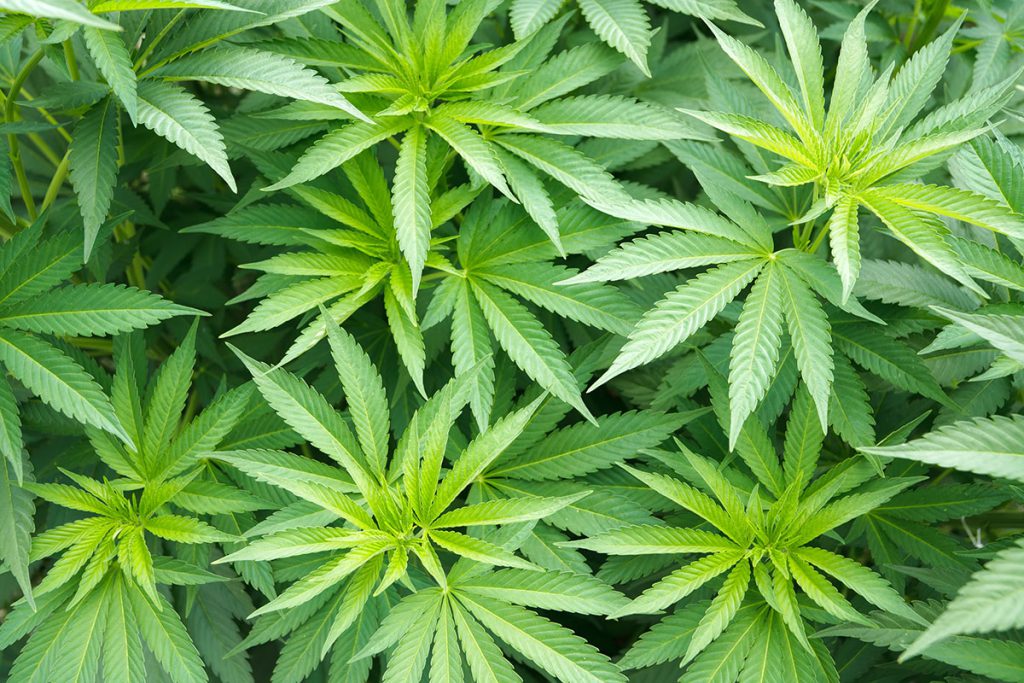The love of a group of Latin American mothers broke laws and borders by promoting self-cultivation and the medicinal use of cannabis in an attempt to improve the living conditions of their sick children.
“We want to give relief and remove the taboo” that exists around the plant in Mexico, a country with a large presence of drug trafficking, said Chilean Paulina Bobadilla, founder of Mamá Cultiva, who managed to improve her daughter’s health conditions using cannabis.
The Mexican Chamber of Deputies approved the use of marijuana derivatives in treatments last April, allowing clinical research on cannabidiol-based products (CBD), one of the two most important components of the plant.
Daya Foundation director Ana María Gazmuri points out that “CBD was imposed by the pharmaceutical industry, because selling and regulating the product is easier, but not correct.”
“It is believed that they legalized medical marijuana, but they did not legalize CBD, which acts as a food supplement, but not tetrahydrocannabinol (THC),” the plant’s main active substance.
Patients “need both assets because they do not work alone,” says Gazmuri, who points out that Mexico still “has great challenges to finalize a real and complete medical legalization.”
It is costly and complicated to isolate the two components, so the pharmaceutical industry markets products with cannabidiol and “goes against their competition, self-cultivation, which would force them to regulate prices.”
The Federal Commission for the Protection against Health Risks (Cofepris) works in the regulatory frameworks that support this type of treatment with CBD, although the essential thing is to combine it with THC.
Mexican legislation does not allow the sale or self-cultivation, but the importation of drugs to treat pathologies such as epilepsy, diabetic neuropathy, parkinson’s, discomfort due to chemotherapies and Alzheimer’s, among others.
Kenya Hernandez wonders why something that “visibly improves the quality of life and the economy of families” is banned, such as hers, who for 13 years spent up to $7,500 pesos ($422 USD) a month on treatments that caused serious damage to her only child.
“If diseases weaken them, drugs do even more,” because of “the destructive side effects,” says this Mexican mother, who claims that her son’s electrical failures in the brain decreased with cannabis.
It was a “light of hope”, Kenya recalls, who before losing her son managed to give him two years of “quality of life”, after an exhausting search for treatments in Mexico, Cuba and Philadelphia.
With the complicity of Cecilia Alvarado, another Mexican mother, Kenya allied with the Maya Foundation and Mamá Cultiva, two Chilean foundations that work hand in hand. The first promotes alternative therapies and the second promotes the legalization of cannabis for medicinal use and self-cultivation.
The mothers tested with their relatives and, seeing the “incredible” results, decided to replicate the model in Mexico.
In her visit to Mexico, Bobadilla shared the knowledge acquired in treating her daughter’s tuberous sclerosis, a genetic disorder that causes the presence of tumors in vital organs.
“The best thing is for a mother to cultivate and change the image of marijuana,” said the Chilean, who considered “fundamental to educate the citizens, but also our politicians.”
In Mexico, she added, “the government has forgotten families that receive the minimum wage and can not access drugs of such high cost, which benefits the upper class.”
At present, thousands of Latin American mothers celebrate the decrease or disappearance of seizures, mood swings and other illnesses haunting their children thanks to the use of cannabis.
Bobadilla called on the Mexicans to raise awareness about the benefits of using marijuana – whether as resin, oil, macerated, tinctures, ointments – for therapeutic purposes.
The CBD and THC together “give quality of life to thousands of children like Javiera, who now with only one drug and cannabis oil treats her degenerative disease,” said the Chilean, who has become a strong advocate of medical cannabis, grouping support networks in Argentina, Colombia, Mexico, Peru and Paraguay.
Source Hoy Los Angeles | Edited / Translated by PVDN
The love of a group of Latin American mothers broke laws and borders by promoting self-cultivation and the medicinal use of cannabis in an . . .











